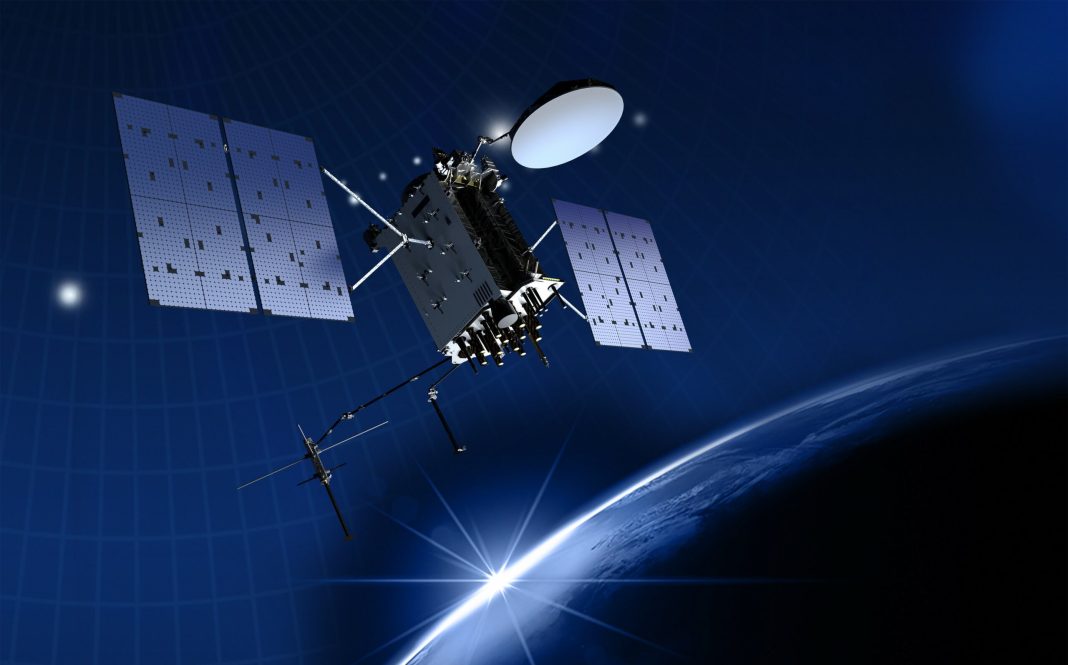Kratos Defense & Security Solutions has announced the successful acquisition of a significant contract worth $116.7 million, aimed at spearheading a consortium dedicated to the development of an Advanced Fire Control (AFC) Ground Infrastructure for the United States Space Development Agency (SDA). This initiative represents a crucial step in modernizing military capabilities by fusing space-based and ground-based systems to enhance orbital fire control strategies that will directly support warfighters.
Under the terms of this contract, the California-based company will take charge of developing and overseeing essential ground components, including establishing entry points and terrestrial network connections that are vital for the AFC initiative. Additionally, the consortium will integrate necessary technological solutions into a government-owned facility, known as the Demonstration Operations Center, which is specifically designated for this project. The team will also be tasked with managing the various operations associated with this facility.
The consortium is not only charged with developing the necessary hardware but will also cater to the cloud environments vital for hosting mission software related to space vehicle operations and for integrating services from industry partners. Comprehensive systems engineering, verification, and sustainment of all ground assets associated with the AFC program will also fall under its purview.
The project is set to unfold over the next five years and includes collaborating partners such as Peraton, ASRC Federal Systems Solutions, Stellar Solutions, and Sphinx Defense.
Kratos has emphasized the significance of employing cutting-edge space-based sensing technologies within the AFC program, which will facilitate real-time, high-precision tracking of threats and enable coordinated response operations. To this end, the company plans to introduce a “Ground Resource Manager” (GRM), leveraging its proprietary cloud-native technology. This system will function as a central hub, orchestrating the operations of future AFC satellite constellations and harmonizing their command and control missions with corresponding ground assets.
Upon completion, the GRM and the overall AFC Ground Infrastructure are expected to serve as platforms for testing and designing numerous prototypes for the SDA’s future orbital assets. These assets will be pivotal in monitoring and identifying various warheads, particularly emerging threats like hypersonic missiles.
Phil Carrai, President of Kratos Space Division, highlighted the urgent need for advancements in missile technology, particularly hypersonics, which can travel at speeds exceeding 3,000 mph. He noted that such rapid advancements pose new adversarial challenges, necessitating innovative defensive strategies capable of quick identification, tracking, and response.
“The AFCGI will serve as a standing sandbox for exploring and validating new technologies, solutions, and techniques to address these threats with commensurate speed and agility,” Carrai stated. Furthermore, he emphasized that the GRM will enable the Space Force to draw upon leading-edge technologies available from top developers, ensuring seamless integration and orchestration of operations.





